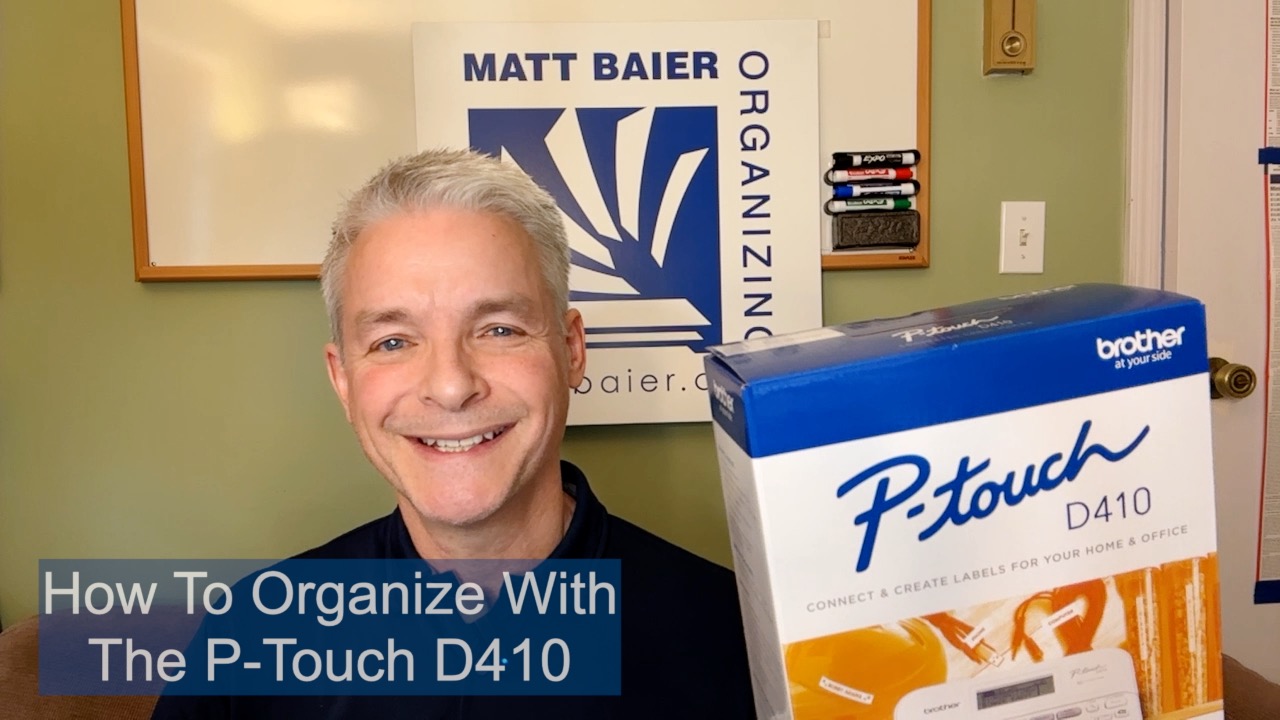10 tips to get organized in 2013
If one of your new year’s resolutions for 2013 is to get organized, the following tips from Stamford professional organizer Matt Baier can help get you started.
Sort daily mail daily. Mail stops being mail the second it comes out of your mailbox. Now, it’s bills to pay, statements to file, junk solicitations to toss, periodicals to read, etc. Each action requires a different location. Relieve yourself of the pressure to take action now (except for the junk mail).
Clear your desk at night. A clear work surface is your No. 1 organizing tool, if reserved for the vital purpose of processing. Clear your runway at night, so you can take off in the morning.
Dedicate an exit zone by the front door. Reserve a small table, ledge, or shelf by the front door for just the items you want to make a point of remembering to bring with you. Keys, sunglasses and library books would make the cut. Toys, decor and stacks of paper would not.
Establish a “donate depot” as close to your car as possible. It is very easy to accumulate new things, but not so easy to get rid of them. The easier something is to do, the more likely you are to do it.
Limit your to-do list. Your daily tasks should fit on one page, between fixed events. This gives you just one place to return your focus, when you get distracted.
Create user-friendly files. A file cabinet, in reach from your desk, should only hold current information. Free up space by removing the older files and storing them more remotely. Alphabetizing can actually be confusing. Consider organizing by simple categories in box bottom hanging files. Every file must be easy to find.
Drain archive files annually. To keep room in your file cabinet, older statements should be removed and stored more remotely after tax season. This should only take about 20 minutes.
Do priority management instead of time management. The first step to achieving what’s most important is recognizing and saying “no” to what’s less important.
Reveal, don’t conceal. Those decorative bins and baskets may look pretty, but they are often clutter traps, because they conceal their contents. Use clear bins and drawers. Also, the smooth surface makes it easier to accept an identifying label, so it’s that much easier to be clear about what you have.
Set limitations. Limitations breed freedom. This may sound like a contradiction, but setting limits is what keeps us free from excess. Start with realistic limitations, including a generous room for growth. Otherwise, it’s impossible to keep things in control.
Give yourself a break and don’t expect new habits to set in overnight. Start with one or two habits from this list and give yourself some time. Typically, a new habit takes three to four weeks to fully embrace.
Read online.
Please Share With Your Community
Testimonials
What some of our clients are saying
Imagine An Organized Home
















